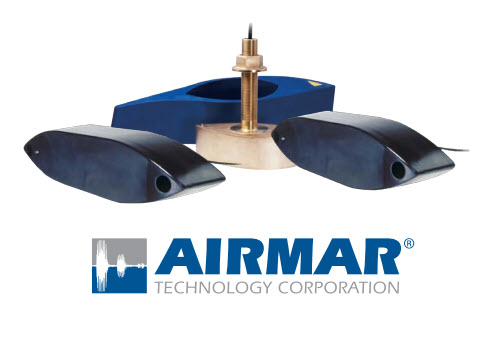Unleash the full potential of your fishfinder with an Airmar R109 chirp-ready marine transducer. Airmar transducers feature 2kW of power and up to 137 kHz or bandwidth, boosting your potential to detect fish within the water column. Clear, crisp imagery and superior resolution help you quickly differentiate between bait and gamefish. Improved signal to noise ratio enhances bottom fishing and helps you identify bottom structures and wrecks, ensuring an enjoyable, successful fishing excursion.
Request An Estimate Call Us 772.485.0097
Table of Contents
ToggleAirmar R109 Transducers Offer Superior Performance
Unlike traditional transducers, which operate at two limited frequencies (50 and 200 kHz), limiting range and resolution, Airmar’s transducers offer over 70 kHz of bandwidth. This wider bandwidth facilitates transmission over a wider frequency, providing enhanced detail and range resolution for improved target detection.
Thru-Hull Installation Outshines Other Methods
Thru-hull installation produces a clearer signal free of interference. Mounted in clean water, ahead of propellers and running gear, leaves bubbles to run down the hull. In this location, turbulence over the face of the transducer is reduced, compensating for hull deadrise and allowing for tracking at speeds over 30 knots.
Airmar R109 Series Transducer Models
The Airmar R109 offers three models. Selecting the right frequency for your application is crucial to maximizing the performance of your sonar system.
- Airmar R109 LH - Low/High Transducer
- Low 38-75 kHz
- High 130-210 kHz
- 117 kHz total bandwidth
- Airmar R109 LM – Low/Medium Transducer
- Low 38-75 kHz
- Medium 80-130 kHz
- 87 kHz total bandwidth
- Airmar R109 LHW – Low/High Wide Transducer
- Low 38-75 kHz
- High wide 150-250 kHz with 25-degree constant beam
- 137 kHz total bandwidth
Tips for Choosing the Best Frequency for Your Application
- For greater depth, choose low-frequency
42-65 kHz low-frequency sound waves penetrate depths high-frequency sound waves cannot reach, up to 6000 feet deep. They offer a wider beamwidth, expanding coverage. Low-frequency waves are also ideal for operating at high speeds. - For greater detail, choose high-frequency
130-210 kHz high-frequency sound waves are more sensitive to small targets and capable of producing clear, high-res echo images. They are best for shallow water fishing at less than 1500 feet. - For the best of both worlds, choose medium-frequency
80-130 kHz medium-frequency sound waves offer better resolution than low-frequency but sound deeper than high-frequency waves, penetrating up to 3000 feet. A wider beamwidth also provides more expansive coverage.
Not sure which Airmar R109 transducer best meets your needs? Talk to a J-TEK marine technology expert today.

